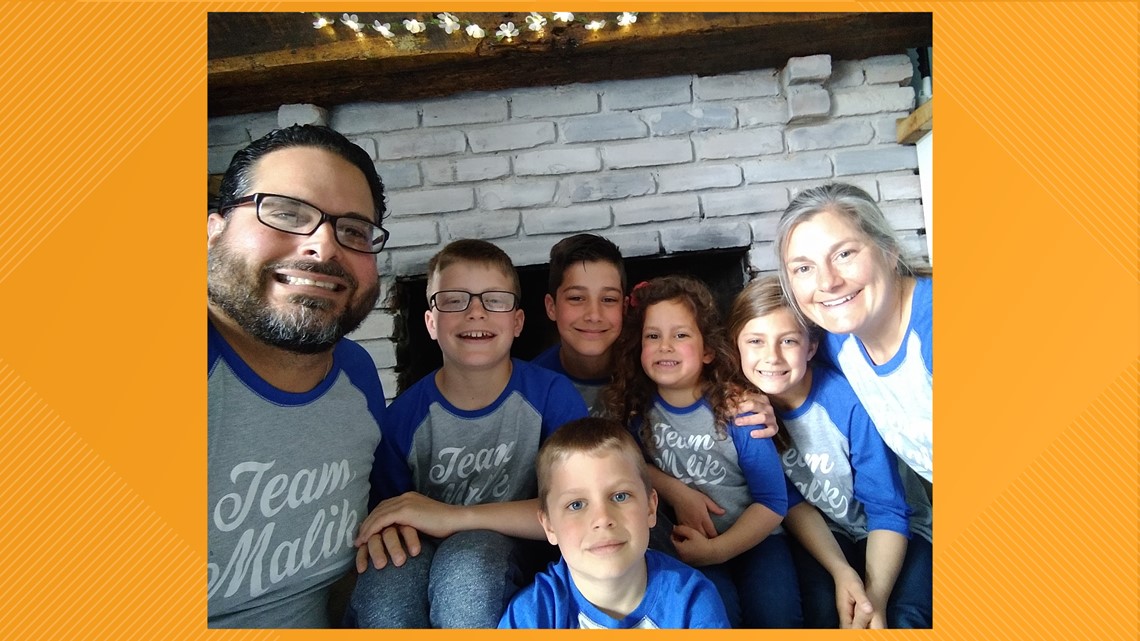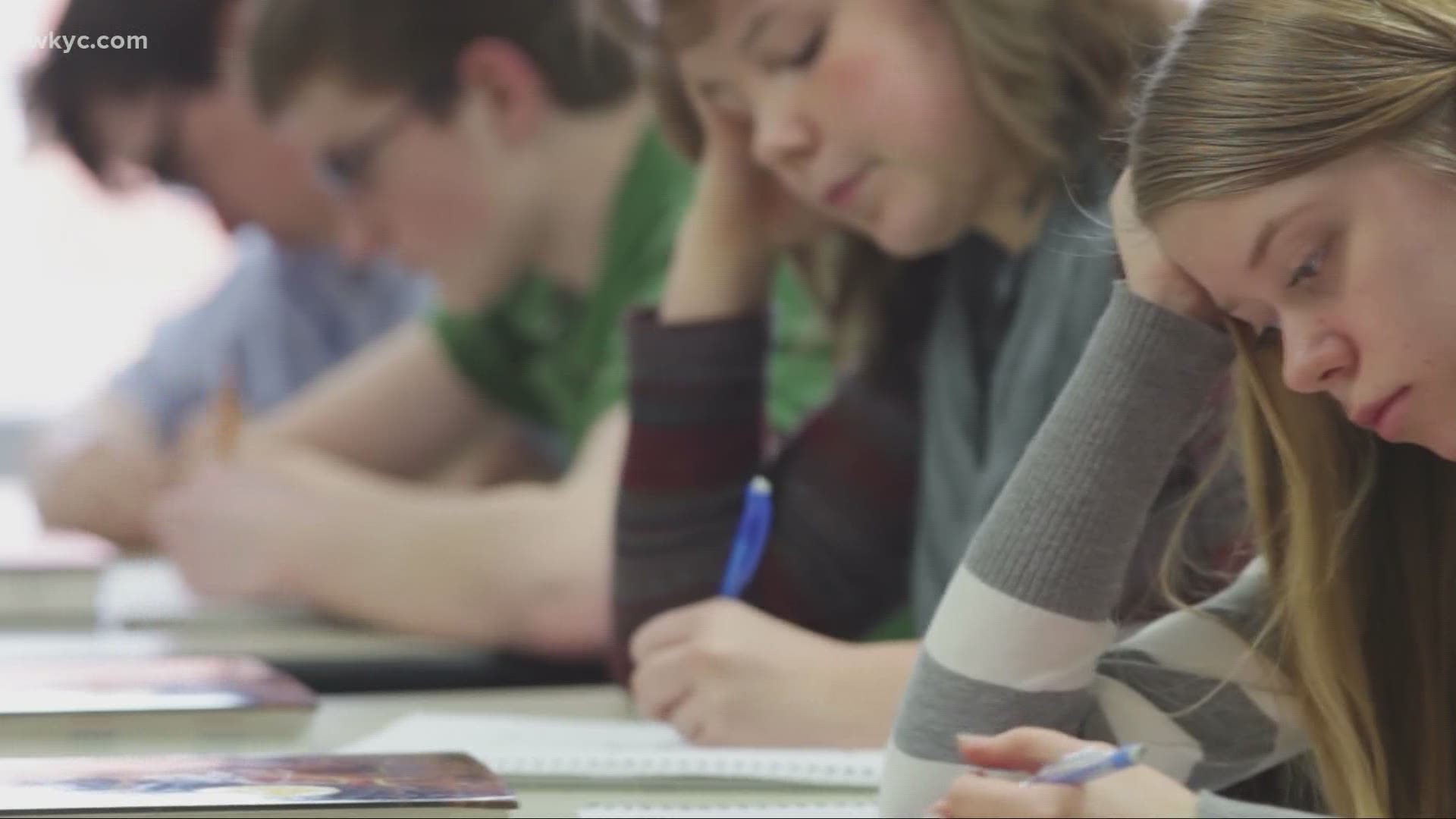CLEVELAND — The sudden rise of Coronavirus cases in the United State presented schools with a problem, never experienced before. How would they transition more than 50 million students to remote learning, with practically no time to plan.
A rough go for so many, but the hardest for students with disabilities, who have individualized learning plans tailored to their needs.
"Exhausting. Draining. My heart breaks for him on a daily basis because I feel like I can't provide for him with what he gets at school. I can't provide that for him here at home, with our home environment," said Elizabeth Malik.
Malik is mom to 5 children, all of whom are learning at home these days.
Some are managing fine, but Luca, her 1st grader, is really struggling.


Diagnosed as a toddler with a sensory processing disorder, he thrives in the structure of his school environment and with therapies. He's the first to tell you remote learning isn't for him.
"Because you don't have a teacher and you don't have your friends," Luca said.
Connecting For Kids is a non-profit organization providing education and support for families in Northeast Ohio, who have concerns about their child. And right now, the calls for help are growing.
RELATED: How Cleveland schools are bridging the digital divide with distance learning: City Club of Cleveland
"We are hearing it all. The children are really, really struggling. And there is so much hurting out there," shared Sarah Rintamaki, Executive Director of Connecting For Kids.
That hurting can be exhibited in many ways including acting out, defiance, anxiety, and increased attention issues.
Rintamaki says she is even more concerned for families with language barriers, and those struggling financially who may have limited access to Wi-Fi and other learning aids.
"This is what makes me the most worried, that we have this great divide," Rintamaki stressed.
So what can parents do? Rintamaki offers the following suggestions:
First: communicate in writing with your child's teacher or educational team, exactly what struggles you are encountering. Rintamaki stresses "in-writing" as there needs to be a record of this communication. Be specific about what's happening, what's taking longer, or what your child is struggling to grasp.
Also, remember this is a marathon, not a sprint.
"Our goal is not to finish by the end of May. Our goal is to have our children learn before they become an adult, and so if you don't get it today, you've got tomorrow. We're going to get there," Rintamaki said.
And parents, for a mom who is right there with you, go easy. And take care of yourself.
"This is hard. This is very hard. It's tough. But you just do the best that you can," Malik shared.
Connecting For Kids has a speaker series and is continuing education programs throughout the You can visit their website at www.connectingforkids.org.

